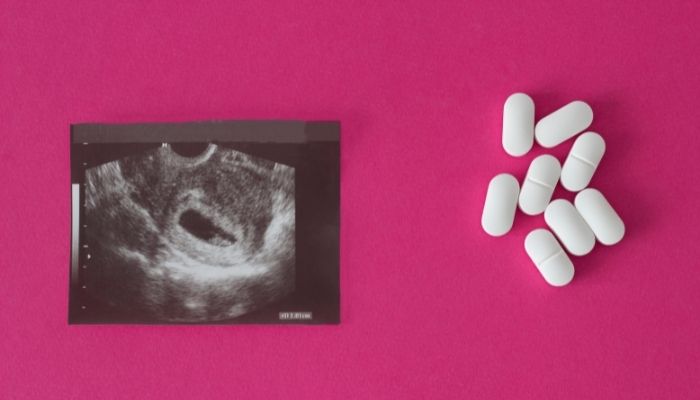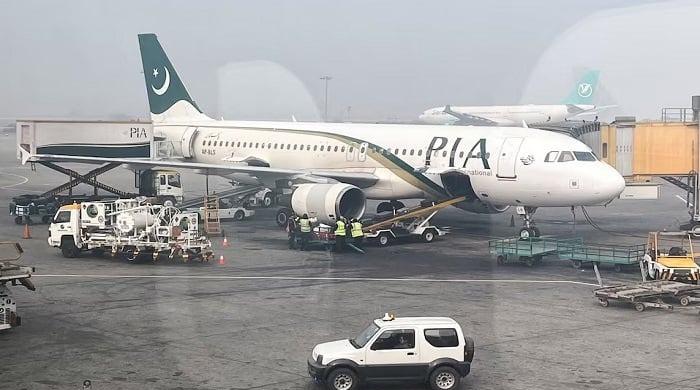Protecting the lives of our women and girls
The debate on abortion is polarised. Some argue it shouldn't be allowed, others say it should be allowed under certain circumstances, such as rape and incest
May 31, 2022

There has recently been a significant debate on unsafe abortions and their consequences throughout the world since a document of the draft judgement by the Supreme Court of the United States overturning Roe v. Wade (410 U.S. 113) was leaked. Roe v Wade is a landmark US case. The verdict, which came out on January 22, 1973, said that states can't put too many restrictions on abortion.
Due to restrictive laws and policies, many women and girls (survivors/victims of child marriage, etc.) are forced to seek unsafe abortions, unavailability of safe abortion services, the high financial cost of accessing safe abortion services, and societal attitudes towards abortion and gender inequality. The WHO has revealed that: "Unsafe abortion is a leading cause of maternal deaths and morbidities. It can lead to physical and mental health complications and social and financial burdens for women, communities, and health systems."
An estimated 25 million unsafe abortions occur throughout the world each year. The WHO says that of these, 97% of unsafe abortions happen in developing countries in Asia, Africa, and Latin America.
An accurate figure on unsafe abortions in Pakistan cannot be provided due to underreporting. Abortions aren't reported as often as they should be because of shame, social stigma, and the use of "back-alley abortions" when safe abortions aren't available.
Nevertheless, a nationwide study by the Population Council in 2004, titled 'Unwanted Pregnancy and Post-Abortion Complications in Pakistan: Findings from a National Study’ revealed that 890,000 induced abortions took place in 2002 throughout Pakistan. This amounts to 29 abortions per 1,000 women of reproductive age. It is important to note that by 2012, this number significantly increased to 50 abortions per 1,000 women aged 15–49, according to the Guttmacher Institute. It was also revealed that the majority of the abortions placed women’s health and lives at risk. This signifies an upward trajectory in unsafe abortions if preemptive actions are not taken by the state.
The debate on abortion is polarised. While some are of the opinion that under no circumstances can an abortion be allowed, others take the view that it should be allowed under certain circumstances, such as in cases of rape and incest.
It is important to refer to international human rights conventions, such as the Elimination of Discrimination against Women (CEDAW), for guidelines. Pakistan ratified CEDAW on December 3, 1996. In a 2014 statement, the UN Committee on CEDAW, which monitors compliance under the CEDAW, stated: "... States parties should legalise abortion at least in cases of rape, incest, threats to the life and/or health of the mother, or severe foetal impairment, as well as provide women with access to quality post-abortion care, especially in cases of complications resulting from unsafe abortions."
In the Pakistan Penal Code, abortion is referred to as, ‘Isqat-i-Hamal’ under Sections 338 and 338A and ‘Isqat-i-janin’ under Sections 338B and 338C. While Section 338 states: ‘’ Whoever causes a woman with a child some of whose limbs or organs have been formed to miscarry, if such miscarriage is not caused in good faith for the purpose of saving the life of the woman, is said to cause Isqat-i-janin’’. Section 338B states: ‘’ Whoever causes a woman with a child some of whose limbs or organs have been formed to miscarry, if such miscarriage is not caused in good faith for the purpose of saving the life of the woman, is said to cause Isqat-i-janin.’’ If a woman causes herself to miscarry, she will also be punished under Section 338-A for Isqat-i-haml and Section 338C for Isqat-i-janin.
The terms ‘good faith’ and ‘saving the life of the woman’ are not defined and are open to various interpretations. Because a woman could get in trouble with the law, she has to risk her health and life by doing things that aren't safe.
Research has suggested that restricting access to abortions does not reduce the number of abortions but leads to more unsafe abortions. The WHO has revealed that abortion can be one of the safest medical procedures when carried out using the proper method and guidelines and by qualified healthcare professionals in a safe environment and appropriate to the pregnancy duration.
Additionally, the aforementioned statement by the UN Committee on CEDAW is not taken into account in Pakistan. The government had an opportunity to make provisions for safe abortion in cases of rape, incest, etc. in the recently enacted Anti-Rape (Investigation and Trial) Act 2021 and the Criminal Laws (Amendment) Act 2021. While the rules in relation to the anti-rape crisis cells (ARCC) under Section 4 of the Anti-Rape Act have not been revealed yet, it is of the utmost importance that medico-legal officers (MLOs) are mandated to provide emergency contraception (EC) to victims/survivors of sexual violence in order to reduce the risk of pregnancy. This would ensure that women do not have to put their health and life at risk by opting for unsafe abortions.
Amnesty International has revealed that more than 50 countries have changed their laws to allow for greater access to abortion, over the last 25 years. Pakistan needs to do more to protect the health and lives of its women and girls.
The writer is a barrister. She tweets @RidaT95 and can be reached at [email protected]









